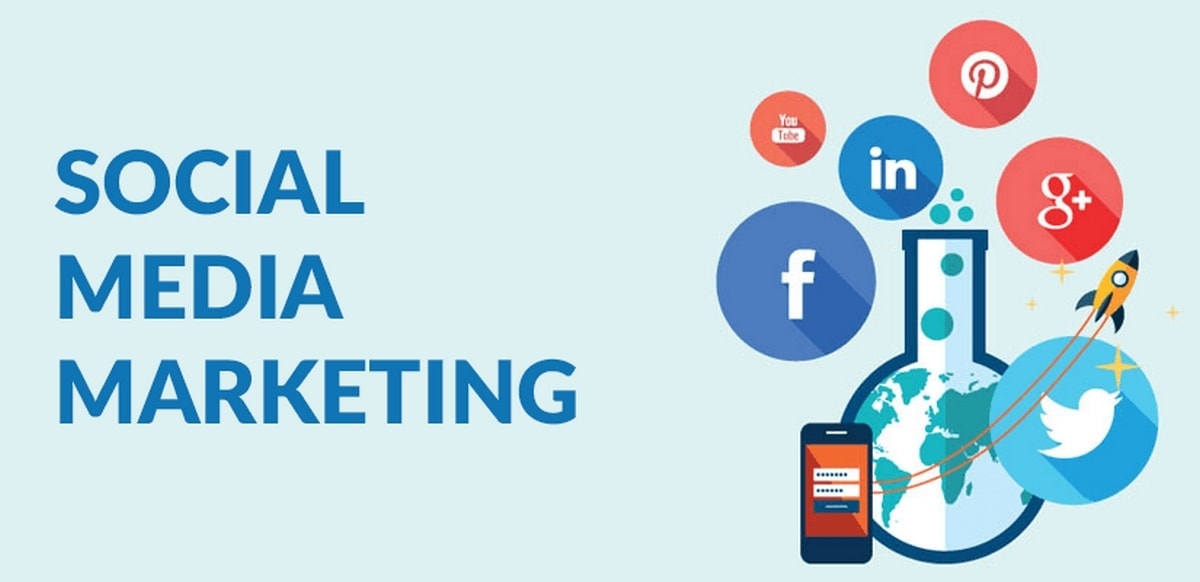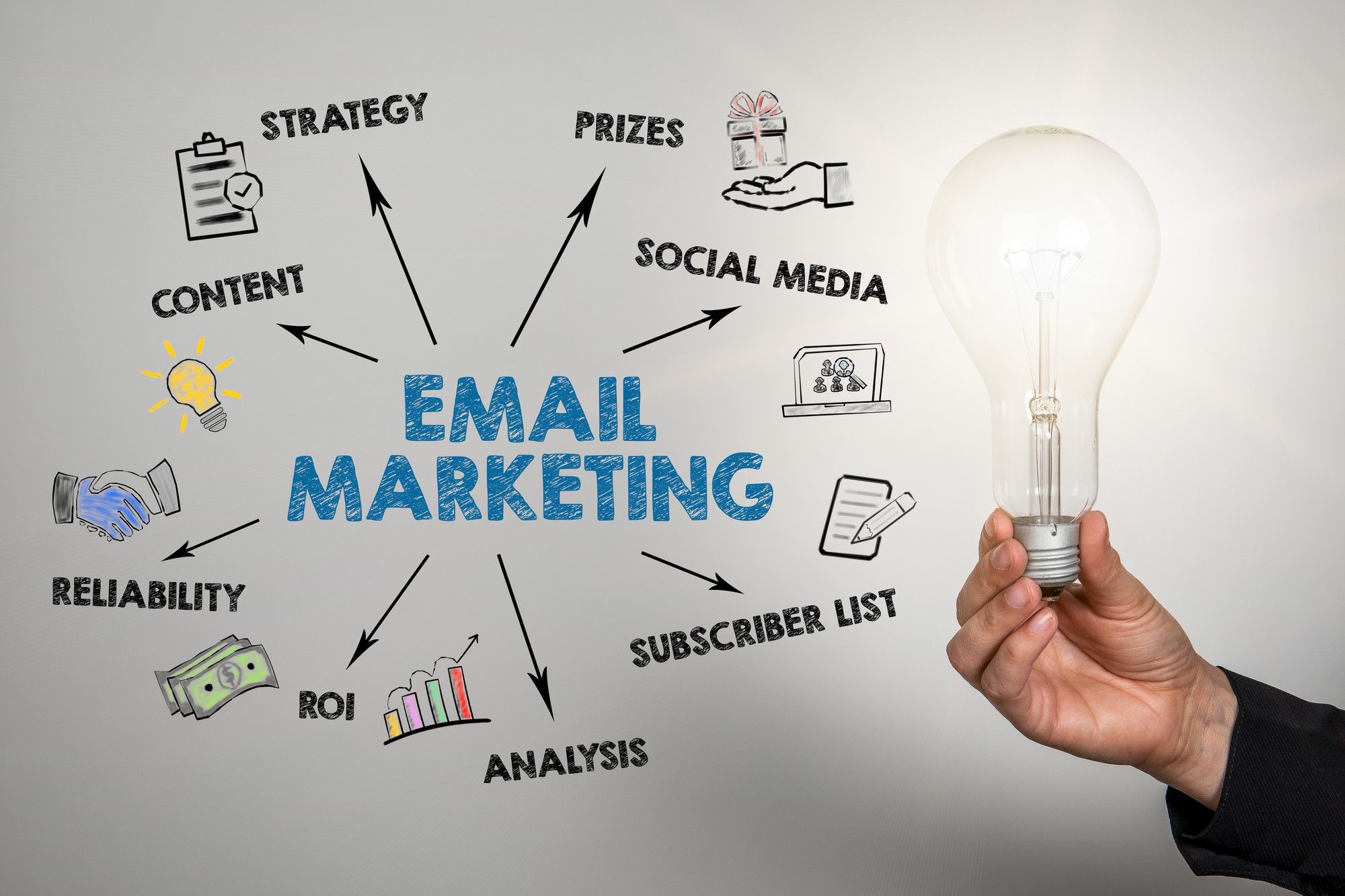Introduction
In the fast-paced digital age, social media has emerged as a powerful force in the marketing landscape, transforming the way businesses interact with their audiences and build brand awareness. Social media platforms have become virtual marketplaces, connecting brands directly to their target customers in real-time. With billions of active users worldwide, these platforms offer an unparalleled opportunity for businesses to amplify their message, increase visibility, and drive engagement. In this article, we will delve into the world of social media marketing, exploring its key elements, strategies, benefits, and best practices to harness its full potential for your brand’s success.
I. The Rise of Social Media Marketing
The origins of social media marketing can be traced back to the early 2000s, with the advent of platforms like Friendster and MySpace. However, it was the launch of Facebook in 2004 that revolutionized the landscape, paving the way for the rise of social media marketing as we know it today. Subsequently, Twitter, Instagram, LinkedIn, Snapchat, Pinterest, and many others followed suit, offering businesses diverse channels to reach their audiences.
II. Understanding Social Media Platforms
Each social media platform possesses its unique characteristics, user demographics, and content formats. Understanding these differences is crucial for crafting an effective social media marketing strategy. For instance:
Facebook: The largest platform, offering a broad demographic range and a variety of content formats like posts, images, videos, and live streams.
Twitter: Known for its concise and real-time updates, Twitter is an excellent platform for timely promotions and customer engagement.
Instagram: Focused on visual content, Instagram is ideal for showcasing products and creating visually captivating brand stories.
LinkedIn: Primarily a professional networking platform, LinkedIn caters to B2B marketing, allowing businesses to connect with industry professionals and generate leads.
Snapchat: Known for its ephemeral content, Snapchat appeals to younger audiences and can be useful for promoting exclusive content or limited-time offers.
III. The Benefits of Social Media Marketing
Social media marketing offers a plethora of advantages that can significantly impact a brand’s growth and success:
Increased Brand Awareness: Social media provides an extensive reach, allowing brands to connect with a global audience and gain exposure beyond traditional boundaries.
Enhanced Customer Engagement: Interacting directly with customers through comments, likes, shares, and messages fosters a sense of community and loyalty.
Targeted Advertising: Social media platforms offer sophisticated targeting options, enabling businesses to reach specific demographics, interests, and behaviors.
Cost-Effectiveness: Compared to traditional advertising, social media marketing often provides better ROI, especially for smaller businesses with limited budgets.
Real-Time Analytics: Social media platforms offer comprehensive analytics, providing valuable insights into the performance of campaigns and audience behavior.
IV. Crafting a Successful Social Media Marketing Strategy
To achieve success in social media marketing, businesses must develop a well-defined strategy aligned with their goals and target audience. Here are key steps to create an effective plan:
Set Clear Objectives: Identify what you aim to achieve through social media marketing, whether it’s increasing website traffic, boosting sales, or improving brand loyalty.
Know Your Audience: Conduct thorough market research to understand your target audience’s preferences, pain points, and online behavior.
Choose the Right Platforms: Focus on platforms where your target audience is most active, ensuring efficient resource allocation.
Develop Engaging Content: Create compelling and shareable content that resonates with your audience, utilizing a mix of images, videos, infographics, and blog posts.
Consistency is Key: Maintain a consistent posting schedule to keep your audience engaged and build brand recall.
Embrace Visual Storytelling: Visual content has a more significant impact, so use storytelling techniques to connect emotionally with your audience.
Leverage Influencer Marketing: Partnering with influencers can amplify your brand’s reach and credibility among their followers.
Monitor and Analyze: Regularly track your social media metrics, learn from the data, and adapt your strategy accordingly.
V. Navigating Social Media Advertising
In addition to organic reach, social media advertising presents opportunities for businesses to maximize their visibility and reach highly targeted audiences through various ad formats such as:
Sponsored Posts: Boosting posts to reach a wider audience and gain more visibility.
Display Ads: Placing visually appealing ads on the sidebar or within the content feed.
Video Ads: Engaging audiences with short, captivating videos promoting products or services.
Carousel Ads: Showcasing multiple images or videos within a single ad, perfect for showcasing product catalogs.
Influencer Marketing: Collaborating with influencers to endorse your products or services.
VI. Social Media Crisis Management
As social media platforms facilitate instant communication, managing crises effectively is crucial for maintaining brand reputation. Strategies include:
Monitor Mentions: Keep an eye on brand mentions and promptly respond to any negative feedback or complaints.
Stay Transparent: Address issues honestly, acknowledging mistakes and outlining corrective actions.
Act Swiftly: Respond to crises promptly, demonstrating your commitment to resolving the situation.
Apologize if Necessary: If your brand is at fault, a sincere apology can go a long way in restoring trust.
Conclusion
Social media marketing has become an indispensable tool for businesses of all sizes to engage, connect, and grow their brands in the digital realm. By understanding the nuances of each platform, crafting a solid strategy, and leveraging both organic and paid marketing techniques, brands can unlock the full potential of social media to foster meaningful relationships with their audiences, ultimately driving growth and success in the modern marketing landscape.







